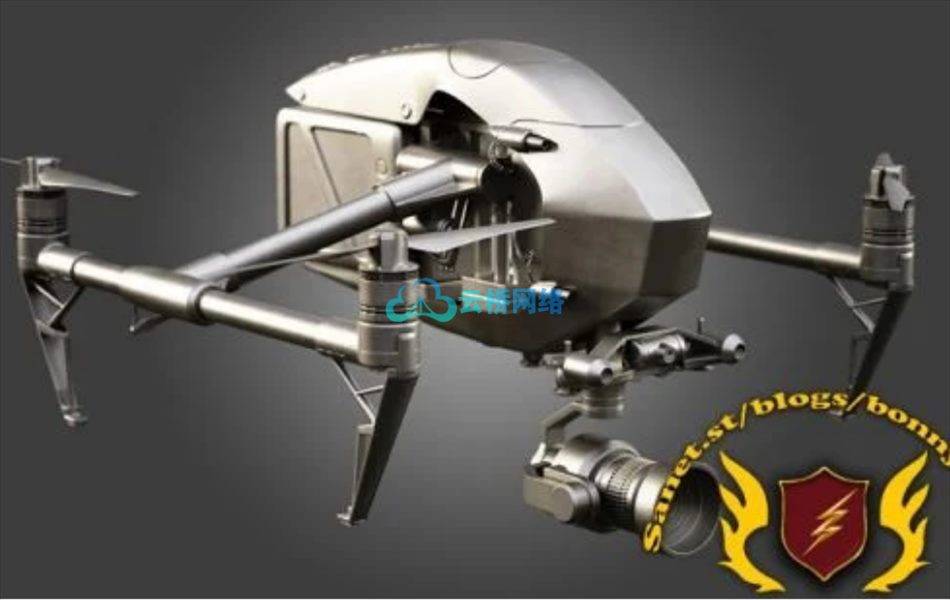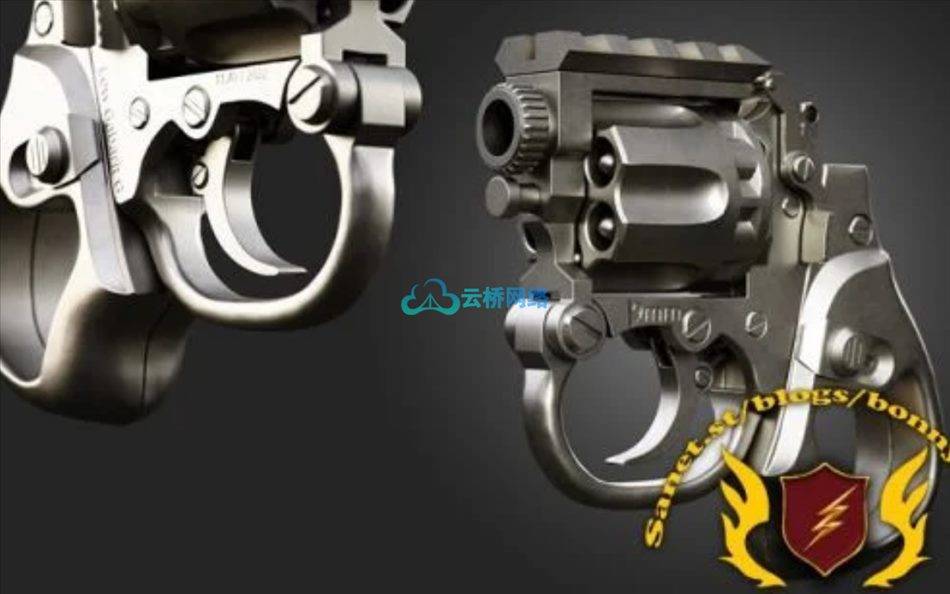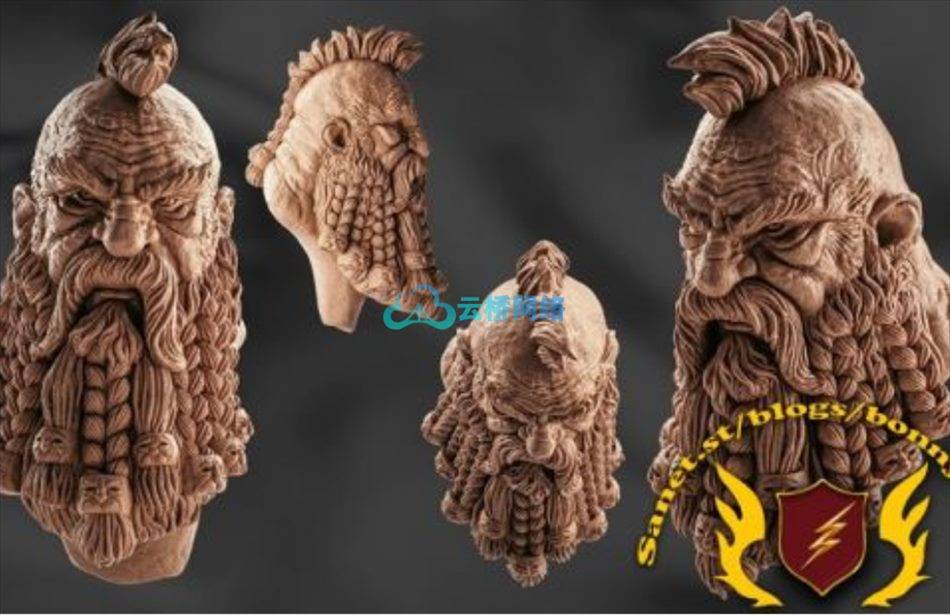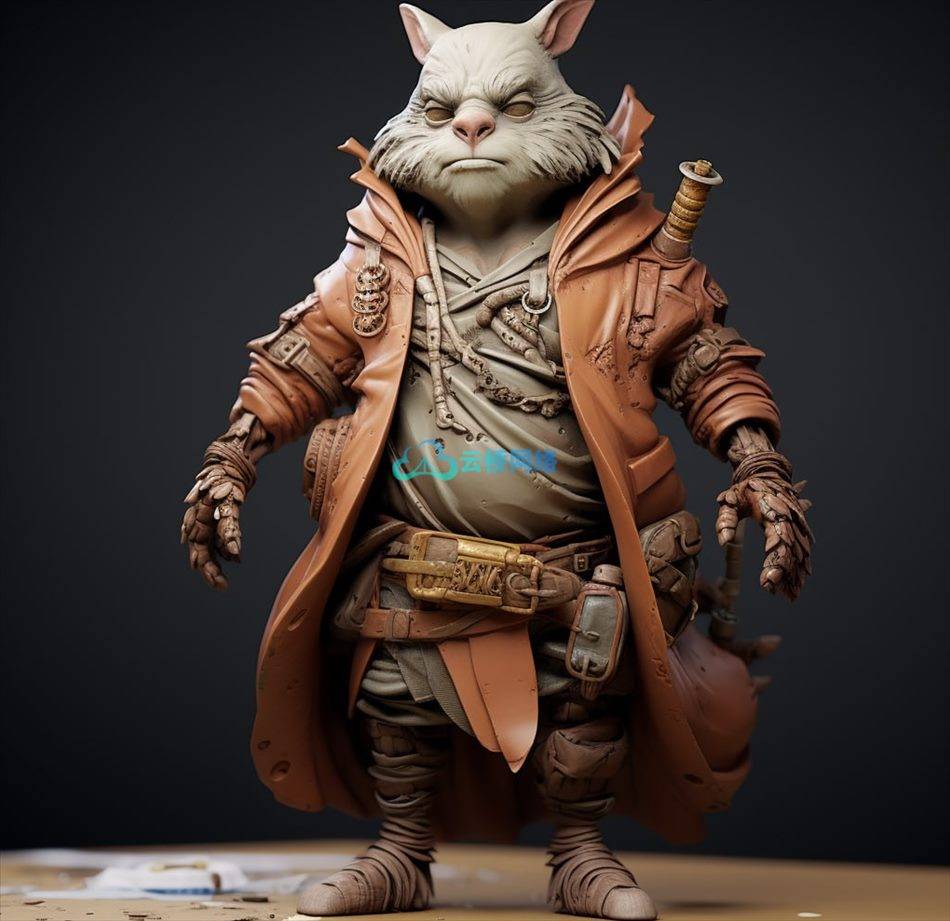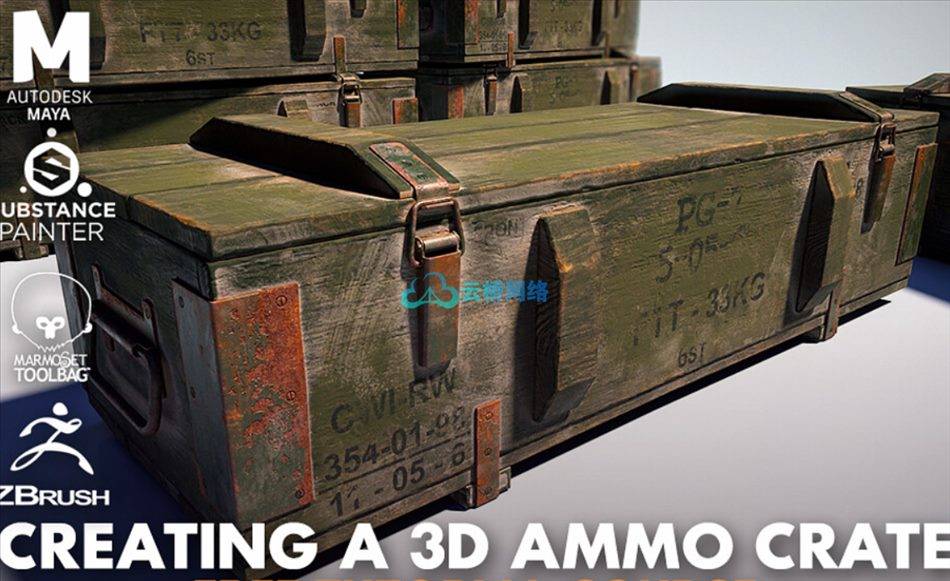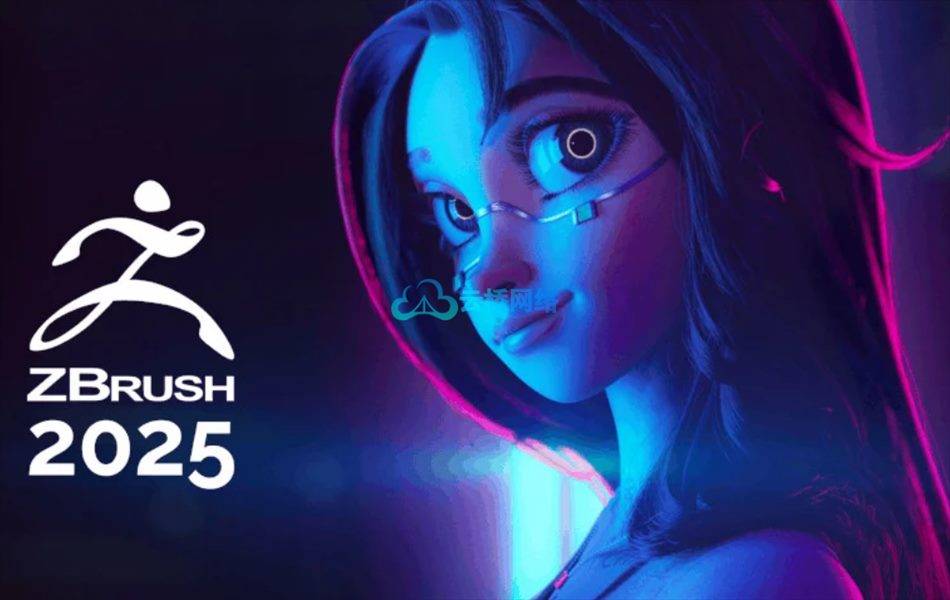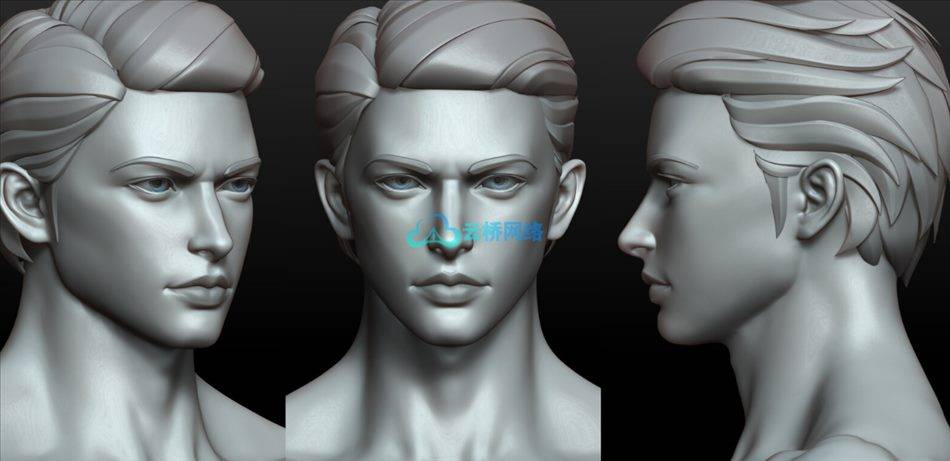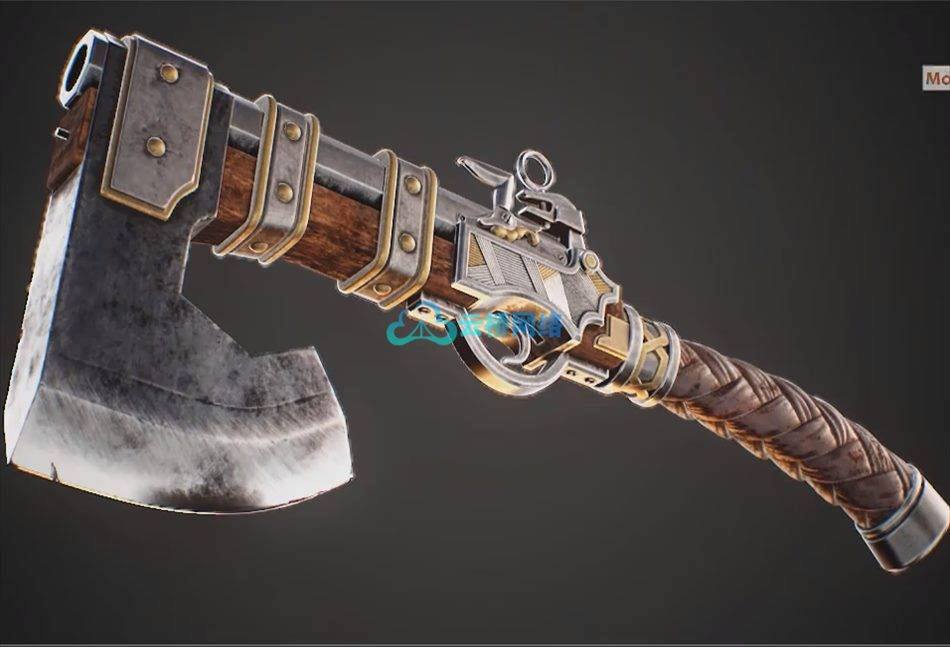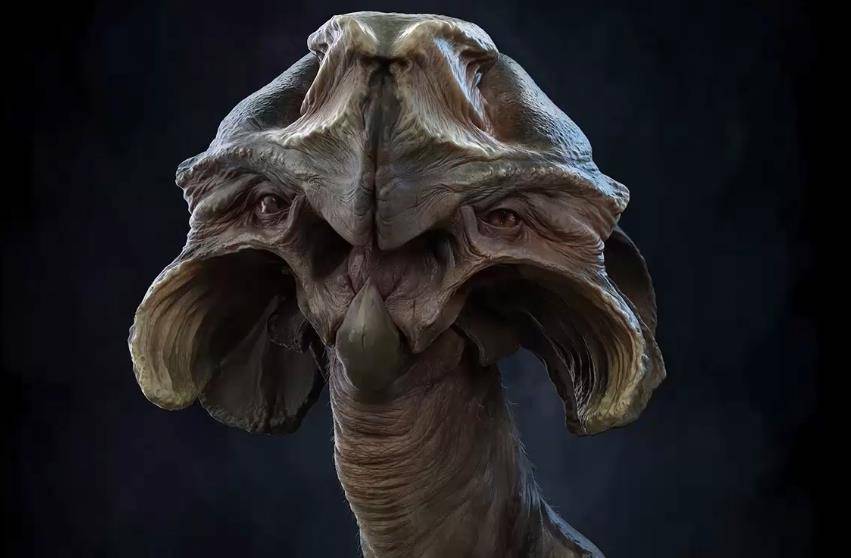
在本课程中,概念和角色艺术家 Pablo Munoz Gomez 分享了他从抽象 3D 形状排列中生成原始且吸引人的生物概念的工作流程。该过程涵盖了从最初的想法,解释技术的方法和核心概念,一直到最终渲染和合成的所有内容。实现具象形式的步骤似乎违反直觉,但尽早产生快速变化对于开发可靠且令人信服的设计至关重要。Original Creature Concepts – Exploration to Presentation with Pablo Munoz Gomez
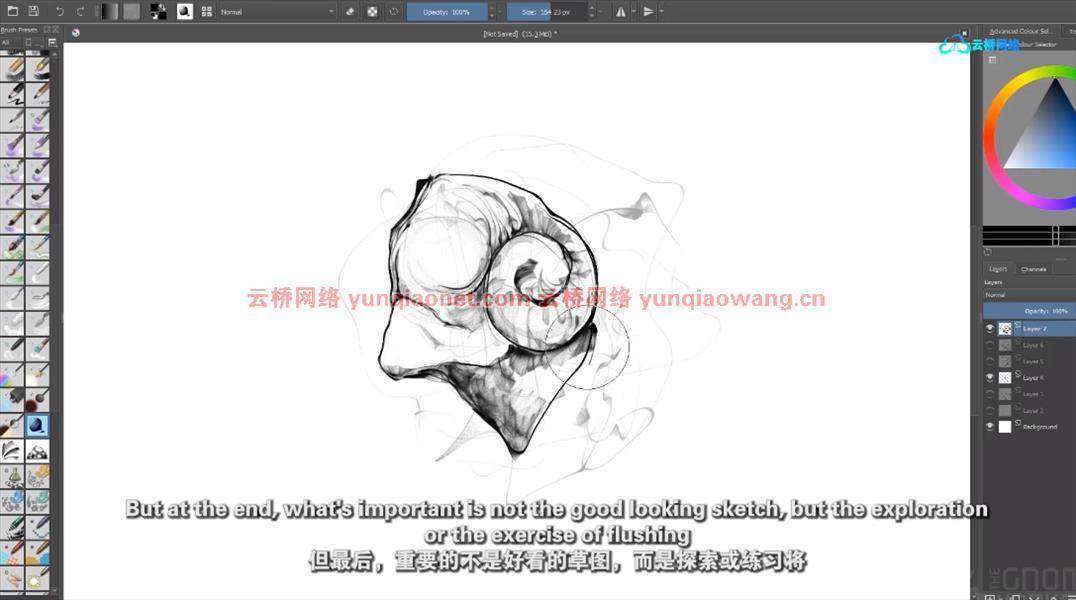
在整个视频教程中,Pablo 强调了迭代过程和思想探索的重要性,分享了实用的建议和工具,以将抽象形式提炼成具有更具凝聚力的视觉语言的概念。虽然本次课程的主题是生物的概念,但2D和3D工具的工作流程和应用并不特定于生物设计。Pablo 分享的技术分为清晰的步骤,可以应用于任何类型的项目。第一步介绍使用 Photoshop、Krita 和ZBrush创建缩略图的技巧,然后进入3D空间以构建自定义资产。然后将使用3D资产创建一个抽象的“集群”,作为进一步探索设计的基础。该过程的第二阶段包括开发集群的变体并确定更具象征意义的生物的建议。在第三个也是最后一个阶段,该生物被定义、详细化、使用 polypaint 进行纹理化、摆姿势、使用Keyshot进行渲染并在Photoshop中完成。对于那些希望通过他们的设计探索新形式和形状语言的人来说,这个标题提供了对有效和实用工作流程的洞察力。
课程时长:2小时55分钟 1920X1080 MP4 语言:英语+中英文字幕(云桥CG资源站机译 云桥CG资源站 平台huo取课程)
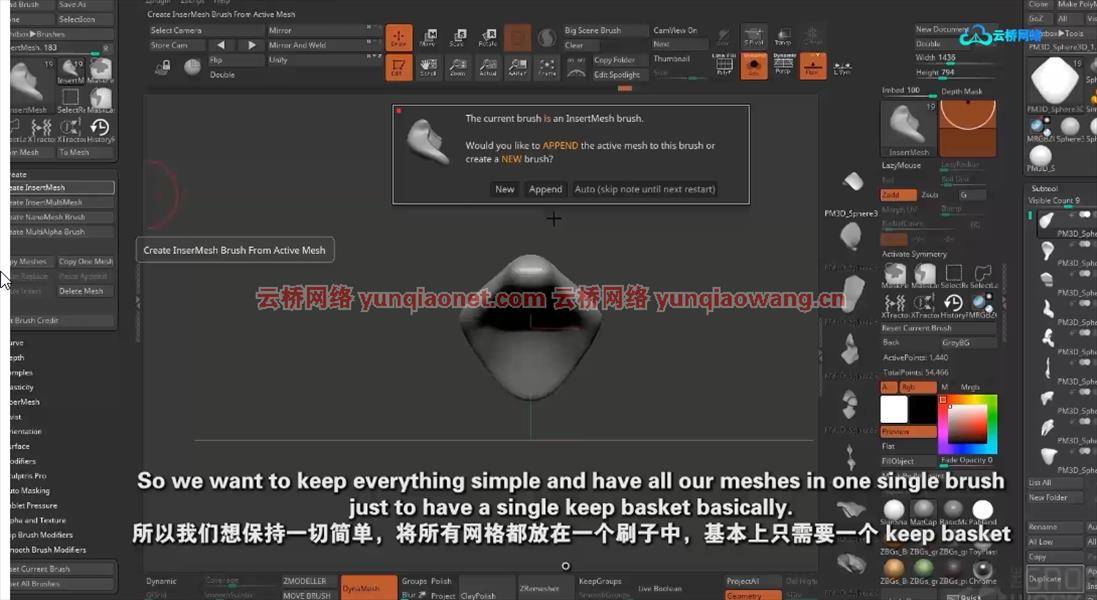
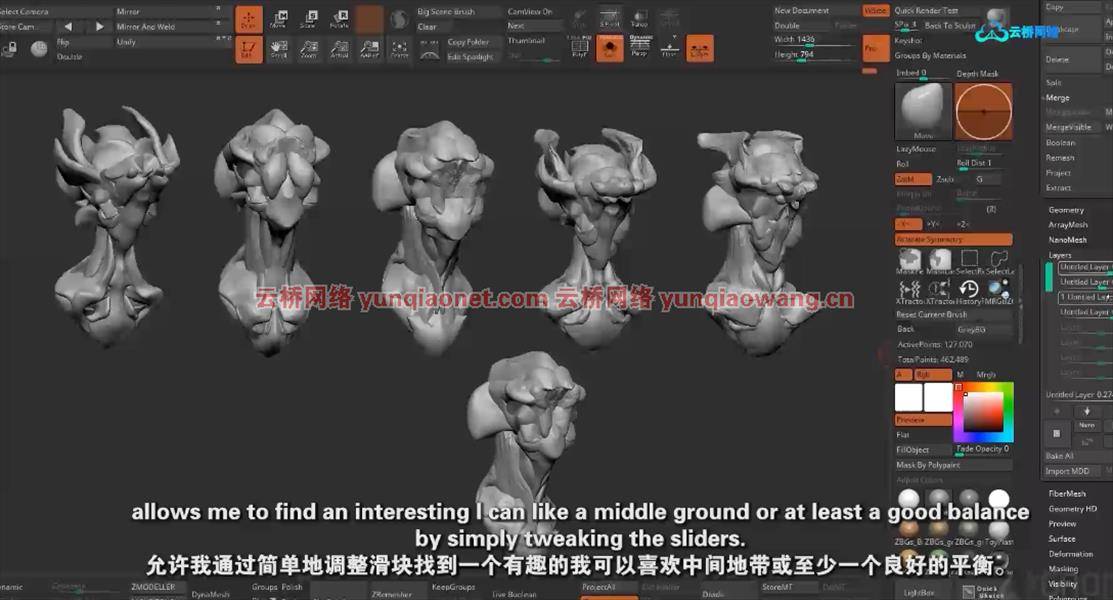
学习概要:
00. 预览
01. 介绍和集群技术
02. 构建资产
03. 集群基础和阻塞
04. 寻找生物
05. 绘制生物草图
06. 抛光和细节设计
07. 使用 Polypaint 制作纹理
08. 摆姿势和渲染
09. 合成和演示
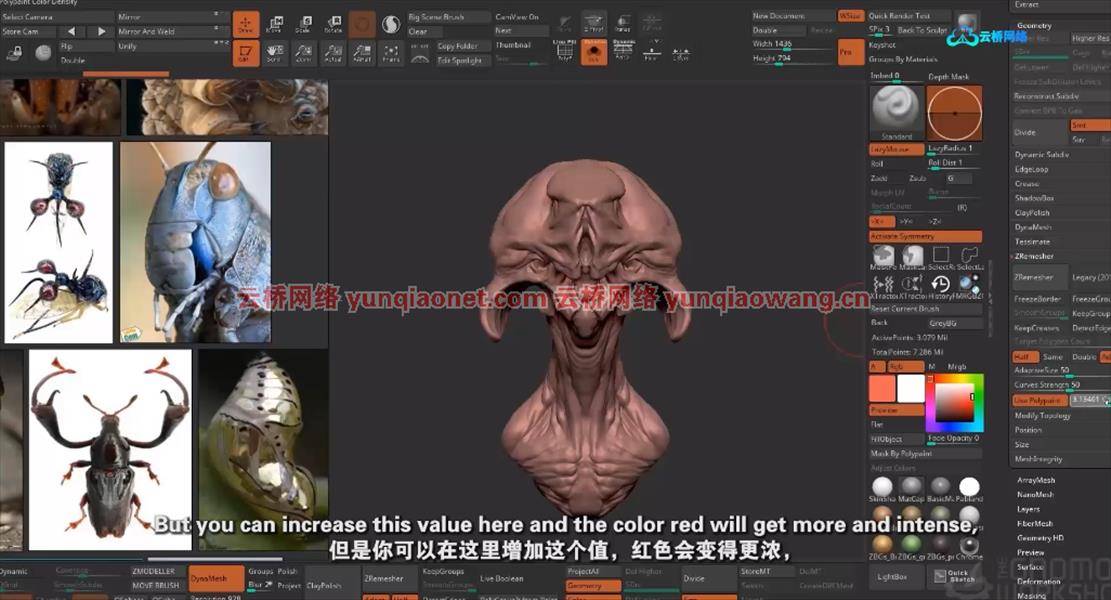
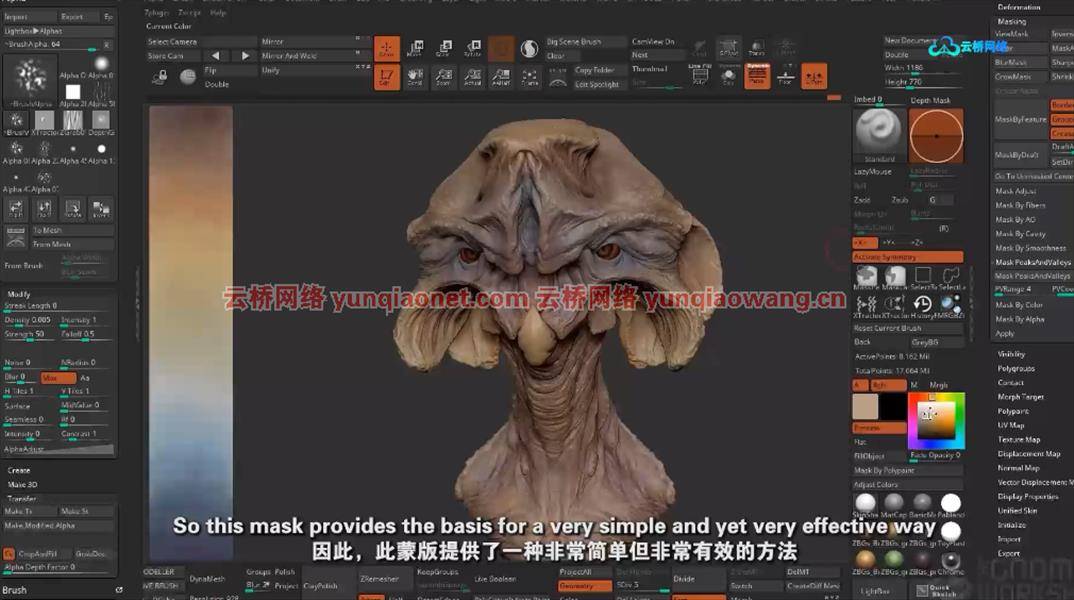
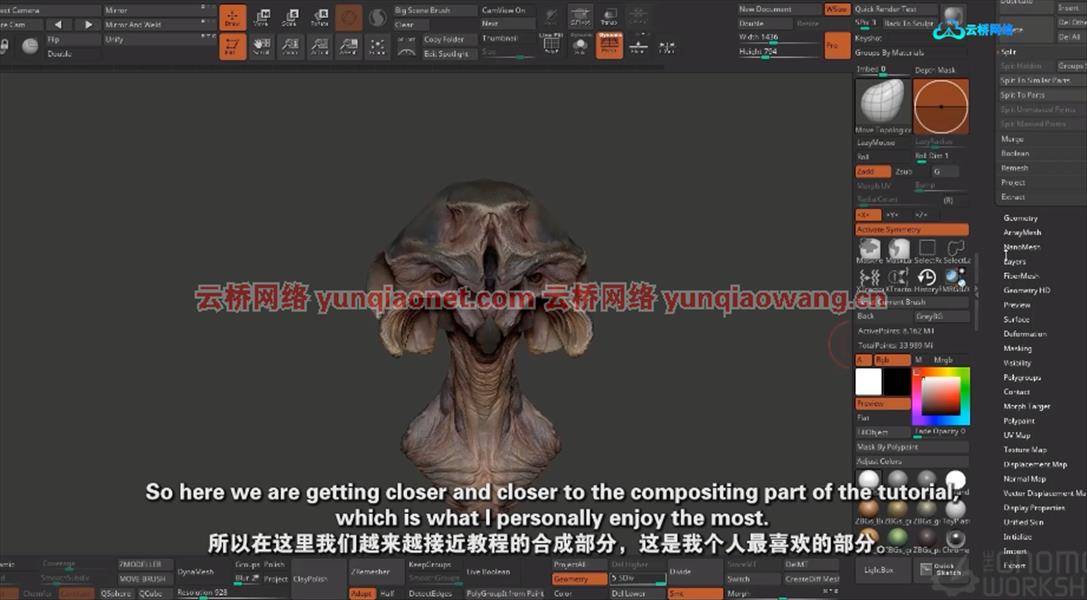
DESCRIPTION
In this workshop, Concept and Character Artist Pablo Munoz Gomez shares his workflow for generating an original and appealing creature concept from an arrangement of abstract 3D shapes. The process covers everything from the initial idea, explaining the methodology and core concepts of the technique, all the way to the final render and composite. The steps to achieve figurative forms may seem counterintuitive, but producing quick variations early on is crucial for the development of a solid and convincing design.
Throughout this workshop, Pablo emphasizes the importance of the iterative process and the exploration of ideas, sharing practical advice and tools to refine the abstract forms into a concept with a more cohesive visual language. Although the subject of this workshop is the concept of a creature, the workflows and application of the 2D and 3D tools are not specific to creature design. The techniques that Pablo shares are segmented in clear steps that can be applied to any type of project. The first steps introduce the technique of creating thumbnails using Photoshop, Krita and ZBrush, before then moving into 3D space to build custom assets. The 3D assets will then be used to create an abstract ‘cluster’ as a base to further explore the design. The second stage of the process consists of developing variations of the cluster and to identify suggestions of a more figurative creature. In the third and final stage, the creature is defined, detailed, textured with polypaint, posed, rendered with Keyshot and finalized in Photoshop. For those looking to explore new forms and shape language with their designs, this title offers insight into an effective and practical workflow.
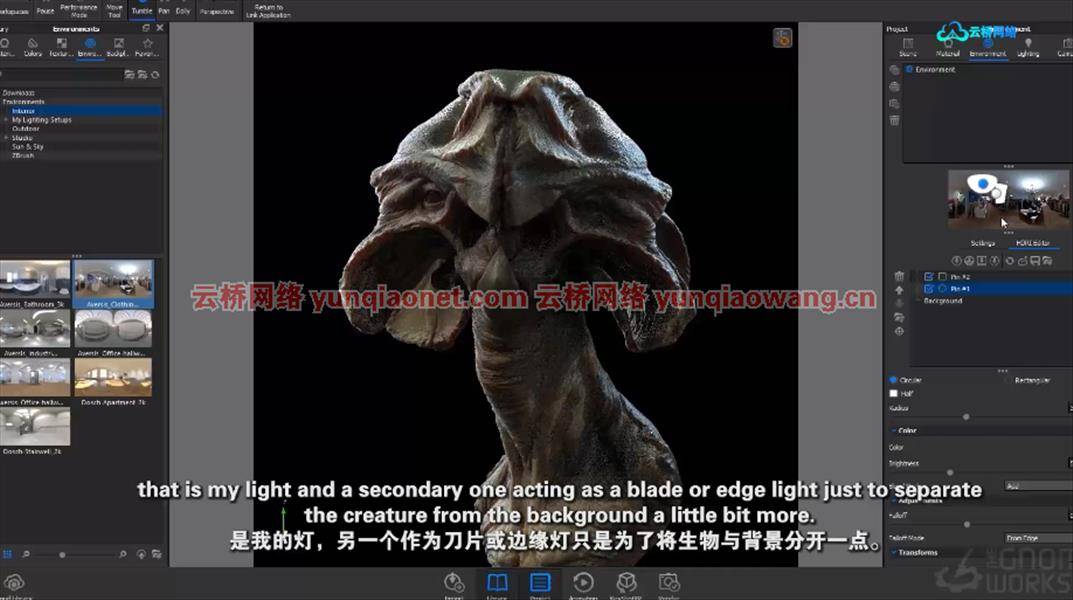
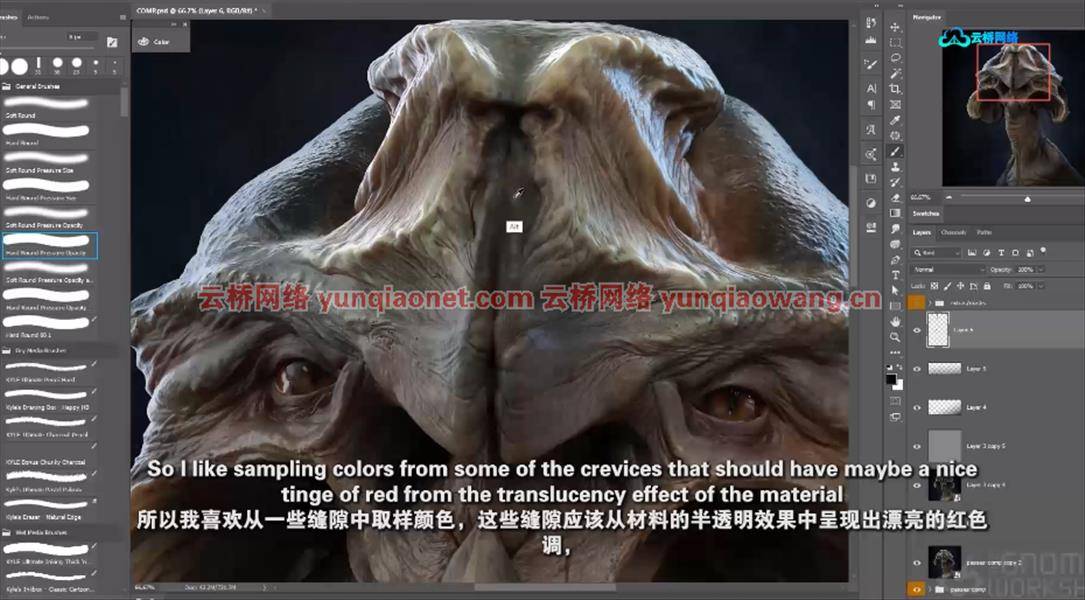
1、登录后,打赏30元成为VIP会员,全站资源免费获取!
2、资源默认为百度网盘链接,请用浏览器打开输入提取码不要有多余空格,如无法获取 请联系微信 yunqiaonet 补发。
3、分卷压缩包资源 需全部下载后解压第一个压缩包即可,下载过程不要强制中断 建议用winrar解压或360解压缩软件解压!
4、云桥CG资源站所发布资源仅供用户自学自用,用户需以学习为目的,按需下载,严禁批量采集搬运共享资源等行为,望知悉!!!
5、云桥CG资源站,感谢您的关注与支持!






